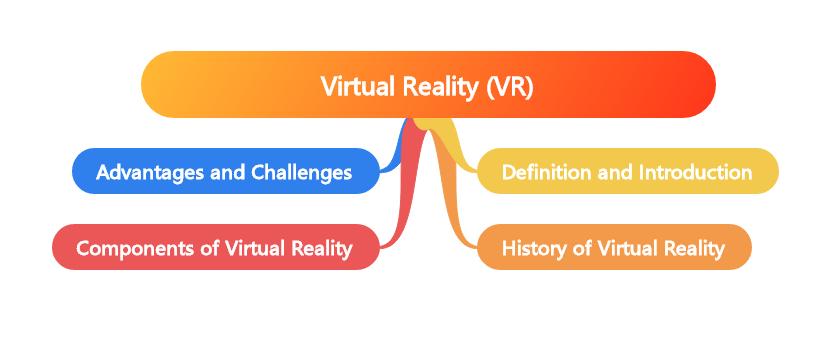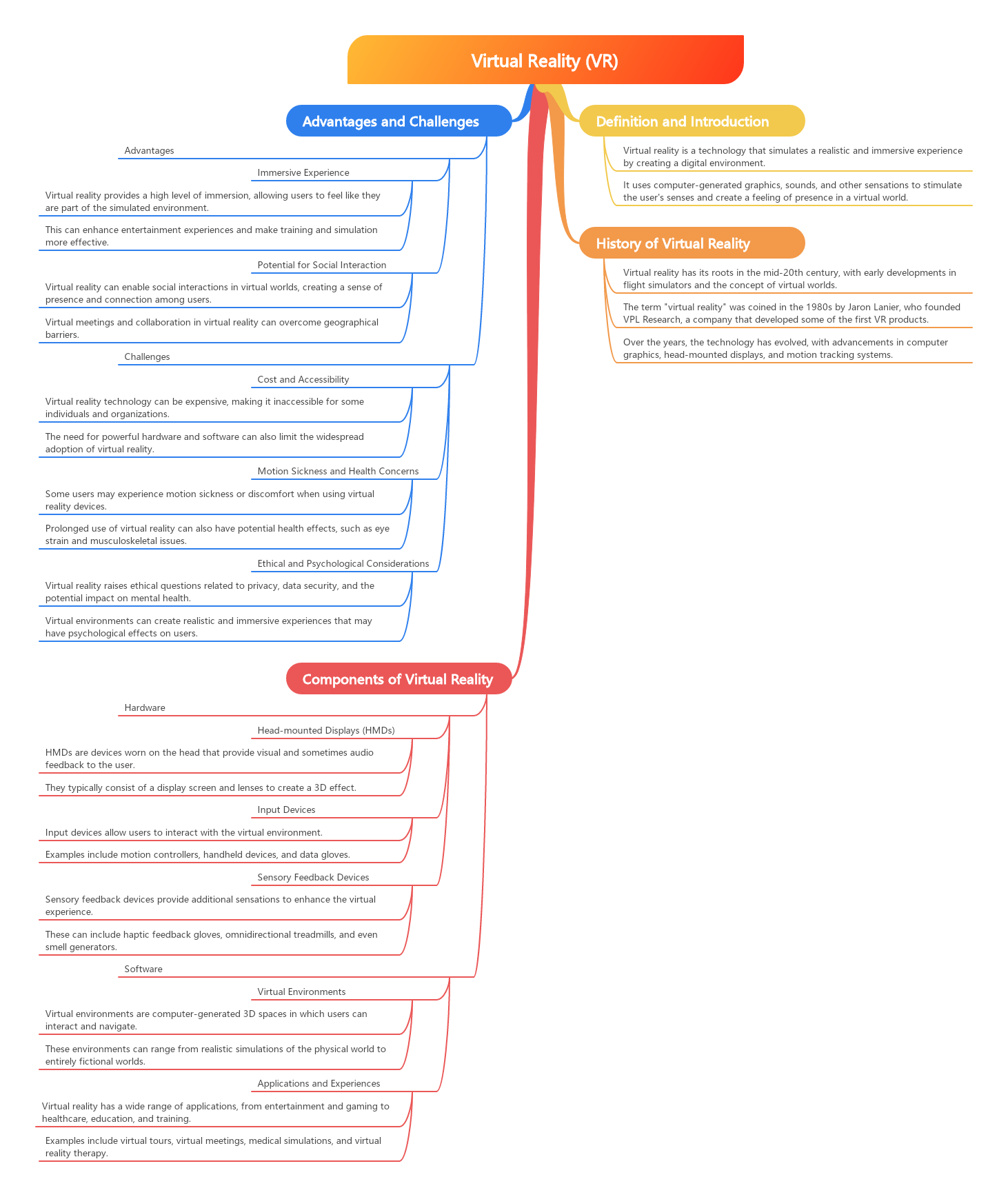What is Virtual Reality(VR)
Virtual Reality is a technology that allows users to experience and interact with a simulated environment through the use of specialized equipment, such as headsets and controllers. By creating a 3D environment that surrounds the user, VR can transport them to different places and allow them to engage in activities that would not be possible in the real world. This immersive experience is achieved by tracking the user’s movements and adjusting the display in real-time to create a sense of presence and realism.
- The history of virtual reality technology and its evolution over time.
- One detailed example of virtual reality technology is the use of VR headsets in medical training simulations, where students can practice surgeries in a realistic virtual environment before operating on real patients. This has been shown to improve surgical skills and reduce the risk of errors during procedures.
- Different applications of VR technology in various industries such as gaming, healthcare, education, and training.
- Another example of virtual reality technology is its use in the gaming industry, where players can immerse themselves in virtual worlds and interact with their surroundings in real-time. This technology has revolutionized the way games are played, providing a more engaging and interactive experience for gamers. In healthcare, VR technology is also being used for pain management therapy, where patients can distract themselves from pain by immersing themselves in virtual environments that promote relaxation and reduce anxiety.
- The impact of VR on society and how it is changing the way people interact with each other and their environment.
-
For example, VR technology has been used in training simulations for medical professionals, allowing them to practice complex procedures in a realistic virtual environment before performing them on actual patients. Additionally, VR has also been utilized in education, with students being able to explore historical sites or conduct virtual experiments in a way that is both immersive and educational.
-
- Challenges and limitations of VR technology, including issues related to accessibility, affordability, and potential negative effects on users.
-
One example of a challenge in VR technology is the cost barrier for individuals or institutions looking to implement VR training programs, as the equipment and software can be expensive. Additionally, there are concerns about the potential negative effects of prolonged VR use, such as eye strain or motion sickness, which may need to be addressed through further research and development.
-
- Future trends in VR development and how it may continue to shape our world in the years to come.
-
One detailed example of a future trend in VR development is the integration of haptic feedback technology, allowing users to feel physical sensations during virtual experiences, enhancing immersion and realism. This advancement could revolutionize industries like healthcare, where surgeons could practice procedures in a realistic virtual environment before performing them on actual patients.
-


